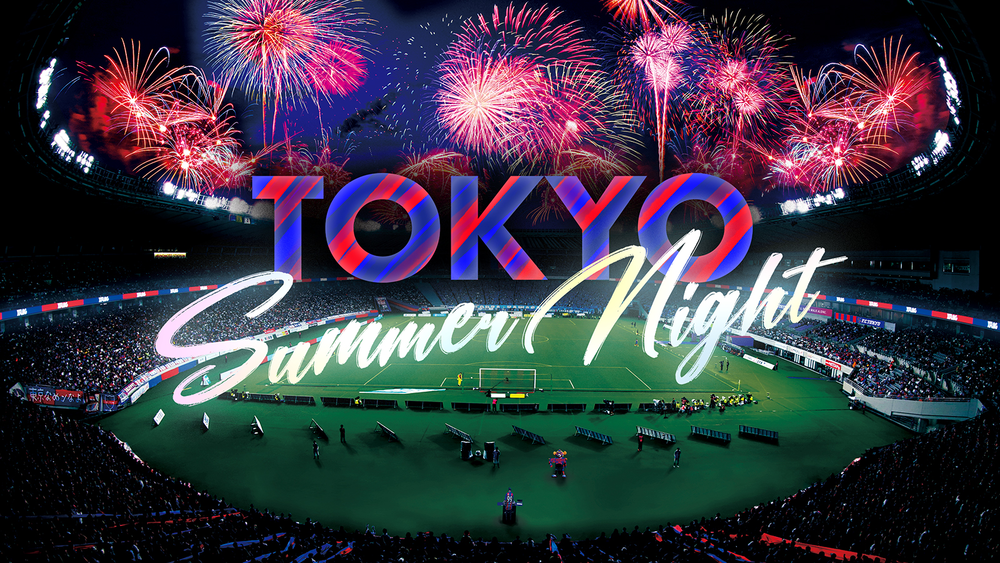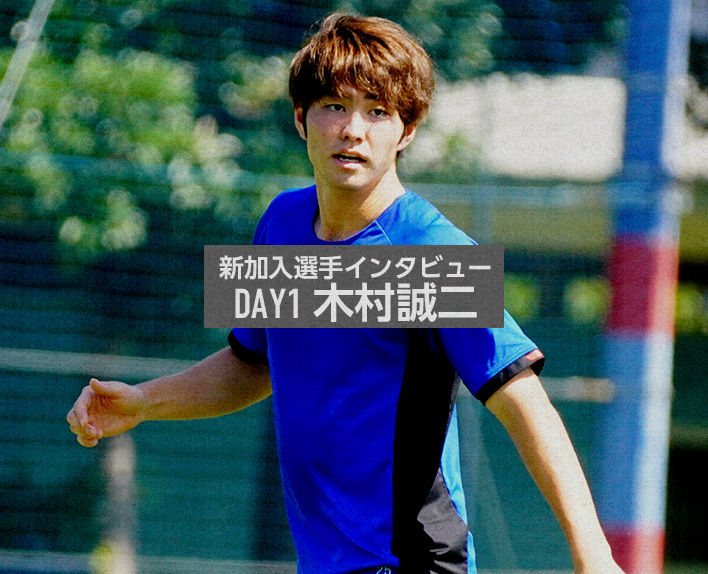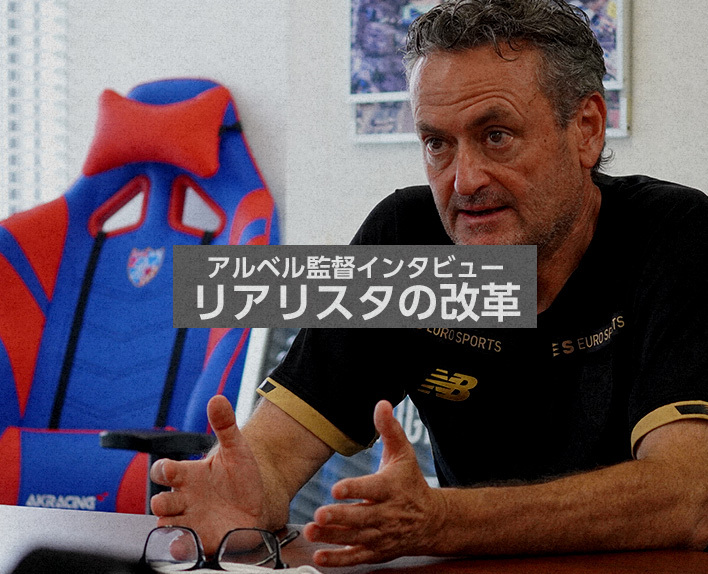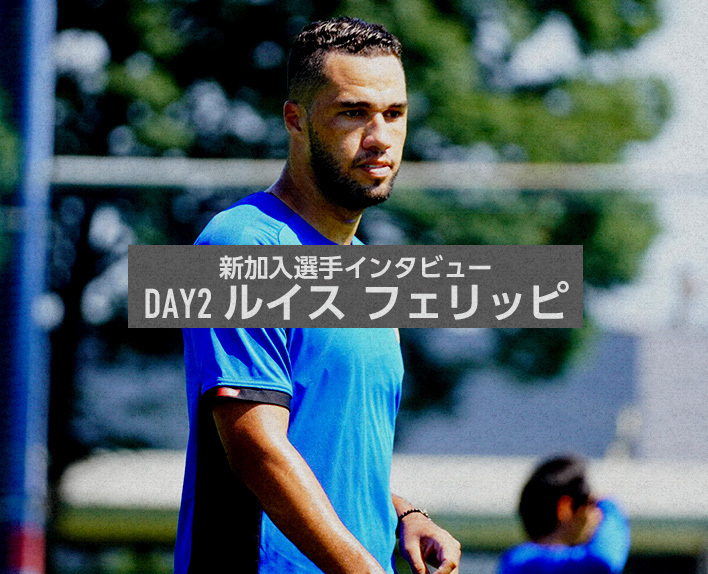Q, it's been about a year and a half since your return, how is Tokyo?
A, it feels nostalgic to be back in Tokyo after a long time. I felt the roads were narrow. In Yamagata, the roads were very wide, so I'm not used to the narrow streets and it's a bit scary.
Q: I believe you have learned a lot from each of the three teams you have been with in a short period of time.
Each team that I transferred to had its own characteristics. Adapting well to changes in the environment is something I have learned during the short period of transfers.
Q. Have you been able to grow by playing according to each team's style?
A, Kyoto is a team that moves intensely in matches, and I think the intensity of their movements has increased. In Sagamihara, I learned about defensive responses and predictions. Although I haven't played much in Yamagata, they are a team similar to Tokyo in terms of build-up, so I was able to learn about how to move the ball and manage possession.
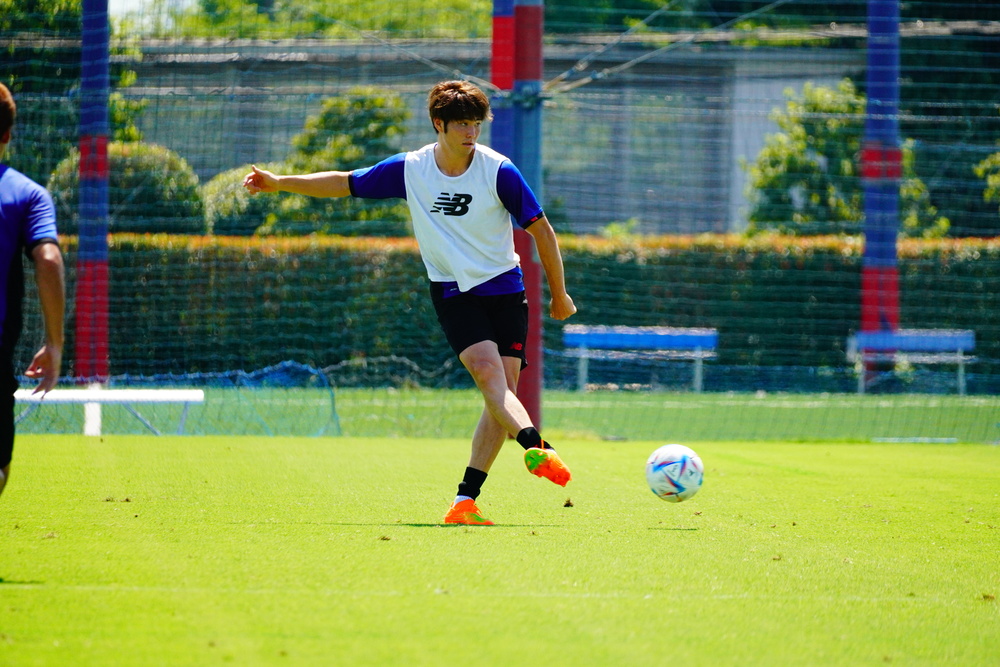
Q: When looking at social media, it seems that each team is loved by their fans and supporters.
A, that's very grateful. I thought that since I had only been with the team for half a year, there would be no loyalty to the team, but that is not the case at all. There were people who supported me, and I am very thankful for that.
Q: I think there will be a competition for the center-back position.
In Tokyo's center-back position, there are players like Morishige, Kimoto, and Okazaki. All of them are wonderful players, but I have come back to win. As a player from the academy, I need to carry Tokyo on my shoulders, so I want to work hard in practice with the intention of taking a starting position. When I get the chance in a match, I want to deliver solid results and strive to not give up my center-back position.
